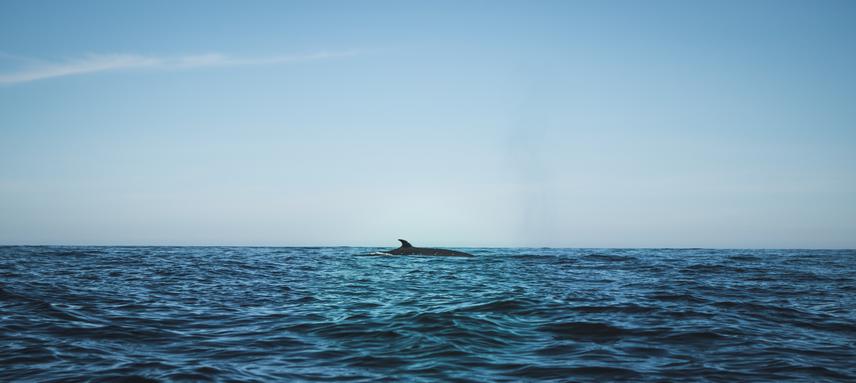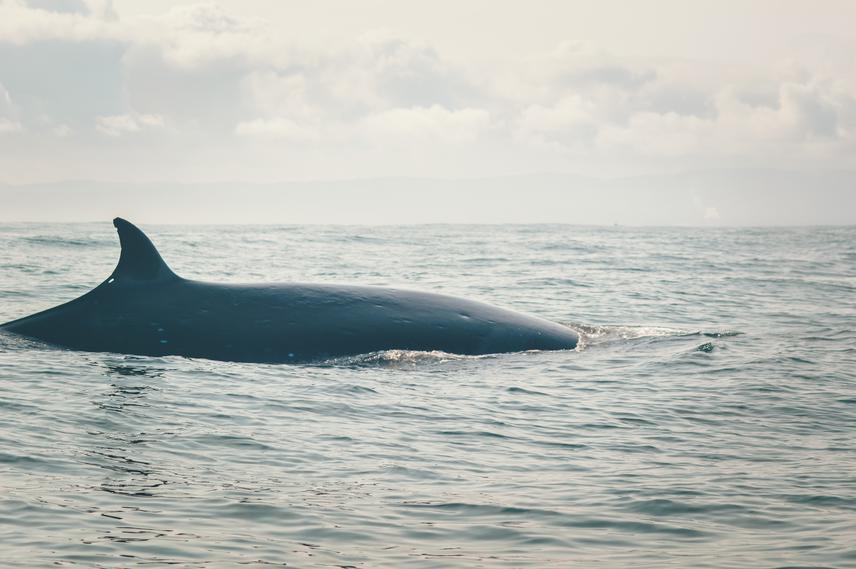Social media video featuring the project.
Video final, Conservación de la ballena sei en Caleta Chome. Rufford Grant 32858-1
15 Jan 2021 Caleta Chome, Chile, Central and Latin America Marine | Cetaceans | Mammals
Whale Detectives: Following the route of the Enigmatic Sei Whale (Balaenoptera borealis) in the Ex-Whaling Site of Caleta Chome 36°40’S; 73°15’W, Biobío Región
Since 2014 we have seen groups of sei whales in the spring-summer season in Caleta Chome (36°40'S; 73°15'W) Biobío region, Chile. One of the deficiencies recognized by the IUCN for the Endangered sei whales is the limited effort of monitoring of populations, as well as the delimitation of their breeding and feeding sites. Any new information on feeding areas during southern migration, is crucial for its conservation. The objective of this project is to gather information on the sei whales in the spring-summer season off the southern-central Chile in Caleta Chome, and at the same time promote responsible whale- watching tourism.

The Sei Whale, Balaenoptera borealis, is one of the lesser-known mysticete species, listed as Endangered - EN (IUCN, 2020). Their foraging areas are unpredictable, and their breeding sites are unknown.

In Chile, reports of Sei Whale sightings are scarce, however our sightings suggest that Sei Whales frequent waters near Caleta Chome in the spring-summer season (36 ° 40'S; 73 ° 15'W). A whaling boat operated in Caleta Chome from 1951 to 1983, thenChile entered a moratorium on hunting whales which was established by the International Whaling Commission (IWC).
These sightings could be associated with high primary productivity, because an oceanographic phenomenon called coastal upwelling occurs in this area during spring and summer. The fresh water from the Biobío River, located to the south of this area, also contributes important sediment inputs, organic and inorganic matter and nutrients.
Our main objective is to identify the Sei Whale individuals present in the study area, determine their seasonality and understand more about their migration, when they leave and how long they remain. In addition, collect information on the use of this area and why they visit it.
This project includes work with the local community, mostly fishermen with whom we will develop workshops and a first manual on "Good whale watching practices". Currently, the fishermen view whale-watching-tourism as a job option given the scarce fishing. Working with the community allows us to determine the potential impacts of tourism and other activities which will help us establish the scientific basis to develop codes of conduct and / or regulations for whale-watching in the area.
At the national level, the scientific information generated in this project will be important to create a plan for the conservation of the Sei Whale. The plan will consider mitigating the impacts of possible collisions with ships and regularizing the high maritime traffic routes of the area as it is a fishing region. This is particularly important because this area is in the process of being declared as a Coastal Marine Protected Area.
Social media video featuring the project.
Video final, Conservación de la ballena sei en Caleta Chome. Rufford Grant 32858-1